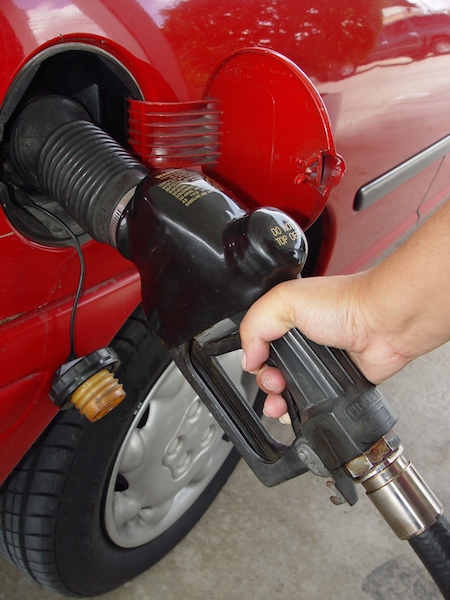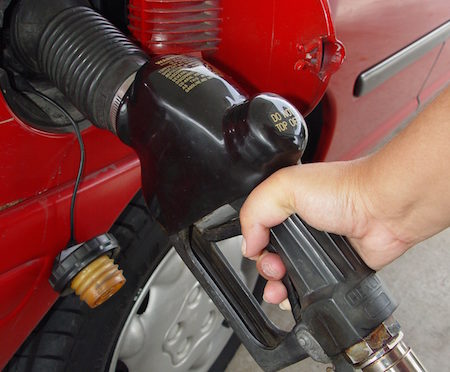In my last column, I wrote about static electricity and the need for a bonding cable. I received numerous replies so I thought I would add some additional information.
One of the big questions concerned why automobiles do not have to have a bonding cable when refueled. Back to the basics: For a spark to start a fire or explosion, one must have fuel, air and an ignition source.
But liquid fuels like avgas and Jet A do not burn. They must be mixed with air in correct proportions or air/fuel ratios to burn.
For example, if you suspend a spark plug 0.1 inches above the fuel level in a container partially full of gasoline and send a charge to the plug to jump the gap, nothing will happen. The reason is that the air/fuel ratio is too rich.
Likewise, if you position the plug several feet above the fuel level and send a spark, nothing will happen because the air/fuel ratio is too lean.
You must move the spark source closer to the fuel until you find a combustible air/fuel ratio, and then it will burn.

Photo courtesy FreeImages.com/Elvis Santana
When you put the nozzle into the filler neck of your car, the hose is grounded. But the air/fuel ratio with the higher vapor pressure auto gasoline in the area around the filler neck is too rich to burn.
On a piston aircraft, the vapor pressure of the fuel is less than that of auto gas and the filler neck is more out in the open where the wind can easily raise the air/fuel ration at the filler neck into the explosive range. (The vapor pressure of auto fuel has decreased in recent years and is closer to that of 100LL).

Air BP employee refueling a Cirrus. (Photo courtesy Air BP)
There is the added problem that most people hold the nozzle during the filling process, so do not have good contact with the neck, plus most aircraft have larger tanks than automobiles.
With Jet A, as with diesel fuel, the vapor pressure of the fuel is low so that the air/fuel ratio at the neck is too lean to burn, so the chance of a fire is very low.
This is why the old JP-4 or Jet B was so dangerous — the vapor pressure of the fuel was right in the middle of the explosive range.
This is also true for people who mix some gasoline with their diesel fuel in the winter.
However, many jets use a lot of fuel, so that a significant electrical potential can still be built up and jump a large gap, which can have enough fuel vapor to be explosive.
What does a bonding cable do? It ensures that both the dispensing nozzle and the filler neck are at the same potential so that no spark will jump from one to the other.
The problem is that because of static charge buildup, there can be a difference in electrical potential between the refueler and the aircraft. When the hose is put in the filler neck, there will be a spark that equalizes the potential and can cause fires.
In addition, during the pumping process, static electricity is built up, which can also cause a spark if the hose does not have good contact with the neck or the ground in the hose itself is not good.
If the grounding point on your aircraft does not have electrical conductivity with the filler neck, then when the hose is placed in the neck or during the fueling process, the electrical potential will not be equalized and a spark can occur.
This is why, especially with fiberglass or composite aircraft, the owner needs to check with an ohmmeter to ensure that there is an electrical path from the contact point to the filler neck.
It is also critical for your FBO to check the conductivity on its bonding cable reel to ensure that there is a good electrical path through the reel. There are contact points in these reels that can corrode and result in a loss of electrical conductivity.
Electricity is an important part of our lives, but we always have to treat it with respect and care. The transfer of hydrocarbon fuels can be dangerous if the proper procedures are not followed.
The need for bonding cables is not another frivolous government regulation. It is a much needed safety rule.
Source: http://generalaviationnews.comWhy a bonding cable is so important when refueling your plane
